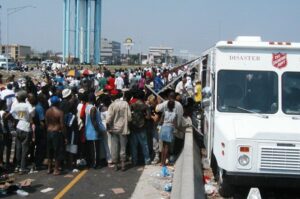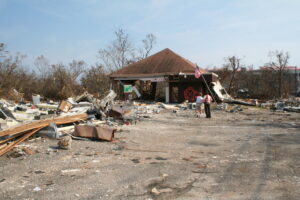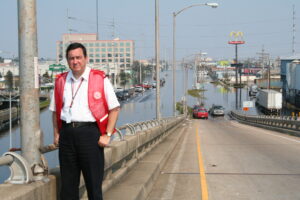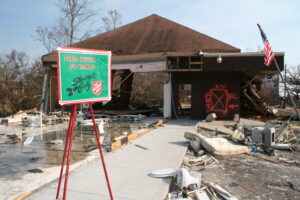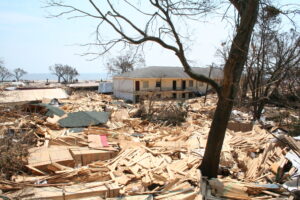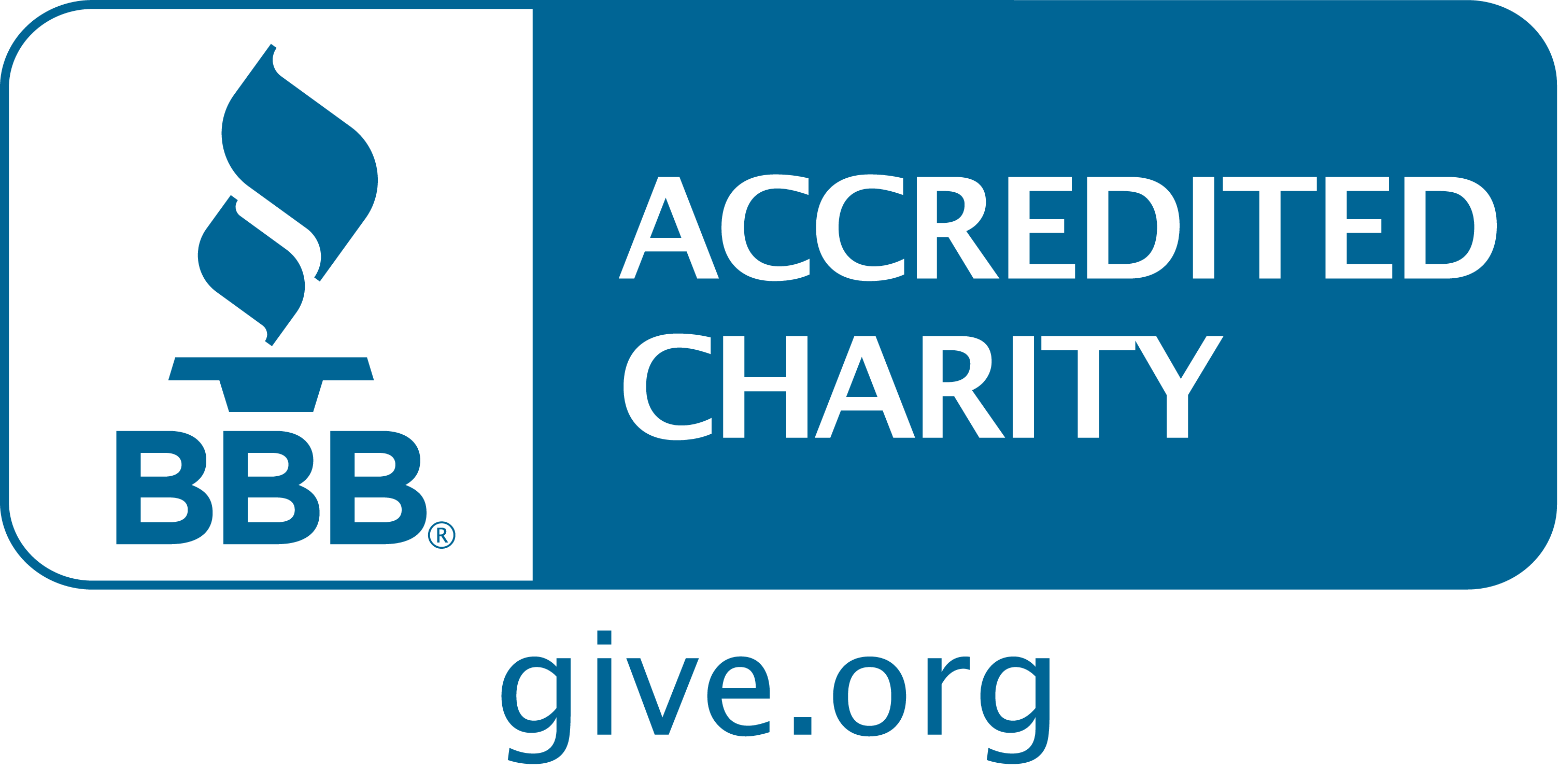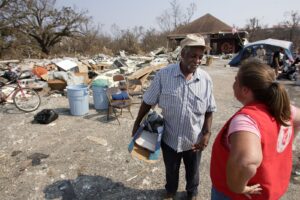
Food Service
4,743,967 prepared meals
429,963 sandwiches
3,557,684 cold drinks
2,908,775 snacks
178 mobile feeding units
11 field kitchens
Product Distributed
199,520 food boxes
175,569 cleanup kits
182,062 comfort/hygiene kits
3,815,031 clothing items
737,778 gallons water
552,263 bags ice
Service Time
Employees and Volunteers
837,645 service hours
Emotional & Spiritual Care
102,918 contacts

